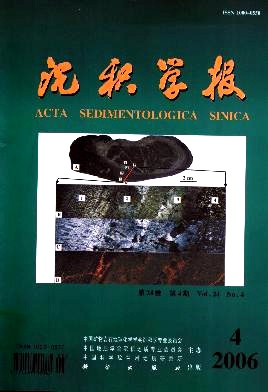Detrital Mineral Compositions of the Changjiang River Sediments and Their Tracing Implications
- Received Date: 2005-05-24
- Rev Recd Date: 2005-10-31
- Publish Date: 2006-08-10
-
Key words:
- Changjiang River /
- sediments /
- provenance /
- detrital mineral
Abstract: The study of the detrital minerals of Changjiang sediments indicates that the light minerals mainly consist of quartz, feldspar and lithic fragment. The light mineral assemblages are different between the tributaries, and the mature index increases downstream with an average of 2.0. The diagrams of QFL and QtFL show that the Changjiang sediments are primarily sourced from recycled orogenic provenance due to stronger tectonic erosion and weathering in the river basin. The main assemblages of heavy minerals include magnetite, common hornblende, augite, garnet, epidote, limonite and ilmenite. Among which, andalusite and apatite are characteristic minerals of the Jinshajiang, cyanite is typical in the Minjiang, sphene and zircon abound in the Fujiang and Xiangjiang respectively, while the Hanjiang is relatively rich in apatite, hypersthene and humite. The distributions of characteristic minerals in the tributaries are obviously controlled by source rock types in the drainage basins. The sediments from the Yalongjiang, Daduhe and Minjiang contribute little to the middle-lower Changjiang reaches. The indexes of heavy minerals indicate that the heavy minerals in the river upstream Fuling are mainly provided by sedimentary rocks whereas the river sediments downstream Fuling are mixed by different source rocks with a large contribution form local magmatic and metamorphic rocks. In contrast, the sediments from the Xiangjiang and Yuanjiang are largely provided from low-and medium-grade metamorphic rocks.
| Citation: | Detrital Mineral Compositions of the Changjiang River Sediments and Their Tracing Implications[J]. Acta Sedimentologica Sinica, 2006, 24(4): 570-578. |






 DownLoad:
DownLoad: